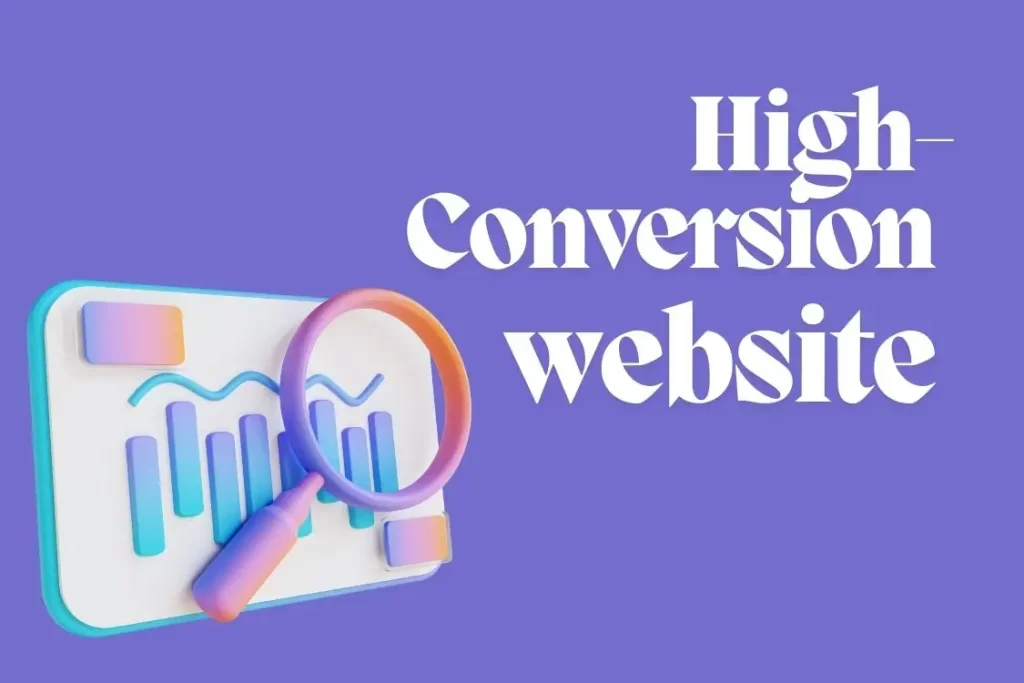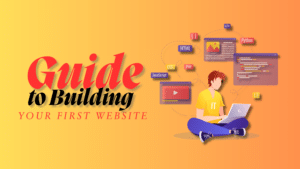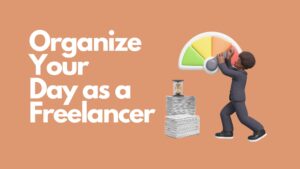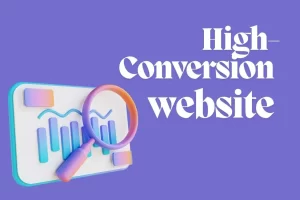As a small business owner, you likely know how important it is to stand out online. Your website is often the first point of contact for potential customers. If your website doesn’t grab attention, provide a seamless experience, and encourage visitors to take action, you may miss out on valuable business.
One key way to boost your revenue is by having a high-conversion website. But what exactly is a high-conversion website, and how does it help increase sales? In this article, we’ll break it down and explain how you can optimize your website to attract visitors and turn them into paying customers.
What Is a High-Conversion Website?
A high-conversion website is designed to turn visitors into customers. It’s not just about how it looks—it’s about how well it works to get people to take action. Whether it’s making a purchase, signing up for your newsletter, or requesting a quote, a website that converts effectively ensures you’re getting the most out of every visitor.
For small business owners, every visitor counts. When your website is optimized for conversions, you make sure you’re not missing opportunities to grow your business. Let’s explore some key areas to focus on to create a high-conversion website.
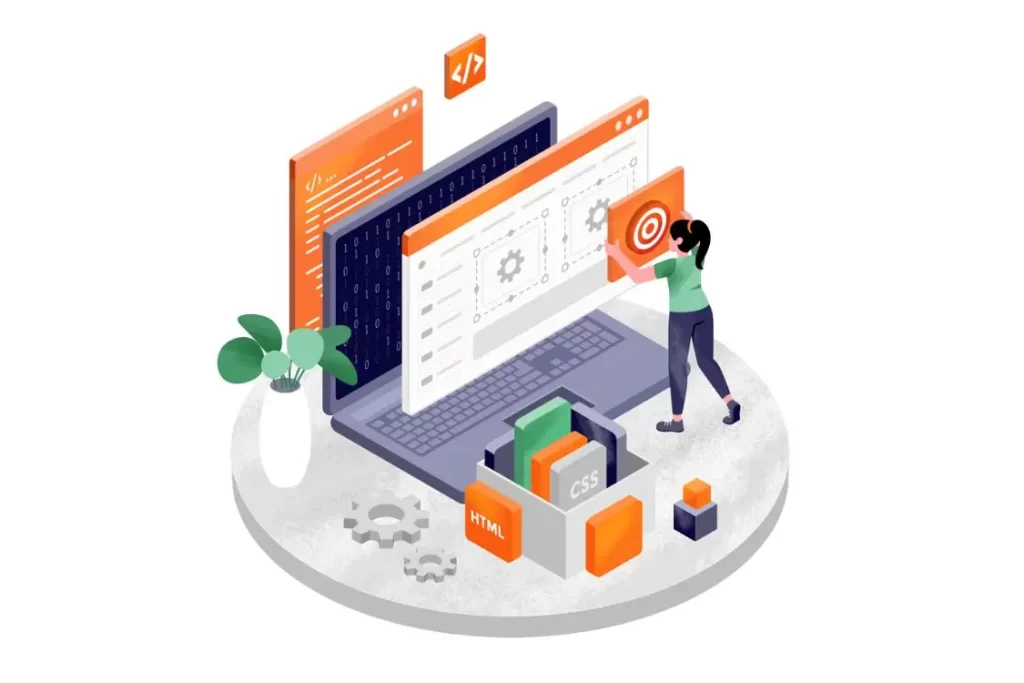
1. User Experience (UX): Keeping Visitors Engaged
User experience (UX) refers to how people feel when they interact with your website. A well-designed website makes it easy for visitors to find what they need and encourages them to stay longer. Poor UX can drive potential customers away, resulting in lost revenue.
Here are some simple ways to improve your website’s UX:
- Make navigation easy: Make sure users can easily find your menu and browse your pages. Clear navigation helps visitors find what they are looking for without frustration.
- Use clear headings and content: Avoid overwhelming your visitors with too much information at once. Break up your content with headings, bullet points, and short paragraphs to make it easy to scan.
- Remove clutter: A clean design helps visitors focus on your message. Avoid excessive pop-ups, too many ads, or flashy graphics that may distract users.
A well-designed UX encourages visitors to stick around longer, increasing the chances that they will take the action you want. For more tips on improving UX, check out this guide to user experience.
2. Mobile Responsiveness: Reaching Your Audience Anywhere
More people are browsing the web on mobile devices than ever before. If your website isn’t optimized for mobile, you could be missing out on a lot of potential customers. A mobile-responsive website adjusts to fit the screen size of any device, making it easy for visitors to navigate, whether they’re on a smartphone, tablet, or desktop.
Here are some reasons why mobile responsiveness is crucial for small business websites:
- Improved user experience: Visitors expect your website to work seamlessly on their phones. A mobile-friendly website ensures they can find what they need without zooming or scrolling excessively.
- Faster load times: Mobile users want speed. If your website is slow on mobile, users will likely leave before the page even loads. According to research, over 50% of users will abandon a site that takes more than 3 seconds to load source.
- Better search rankings: Google prioritizes mobile-friendly websites in its search results. If your website isn’t responsive, you could be missing out on valuable organic traffic.
Ensuring your website works well on mobile will not only improve the user experience but also help drive more traffic from search engines, boosting your chances of converting visitors into customers. You can learn more about the importance of mobile responsiveness here.

3. Call-to-Action (CTA): Encouraging Visitors to Take the Next Step
A call-to-action (CTA) is an essential part of any high-conversion website. It guides visitors toward taking a specific action—whether it’s buying a product, signing up for a service, or downloading a resource.
To create effective CTAs, keep the following in mind:
- Be clear and direct: Use action-oriented language, such as “Shop Now,” “Get Started,” or “Contact Us.” Tell visitors exactly what to do and why it benefits them.
- Use contrasting colors: Make your CTAs stand out. Choose colors that contrast with your website’s background so that visitors immediately see where to click.
- Place CTAs strategically: Don’t just put your CTAs at the bottom of the page. Spread them throughout your site, particularly on key landing pages, product pages, and the homepage.
An optimized CTA can significantly increase your chances of converting visitors into customers. Be sure to test different styles and placements to see what works best for your audience. For further advice on CTA design, check out this guide to effective CTAs.
4. SEO: Attracting the Right Traffic
You can have the best website in the world, but it won’t help your business if no one can find it. That’s where Search Engine Optimization (SEO) comes into play. SEO is the process of improving your website’s visibility on search engines like Google, helping potential customers discover your business.
Here are some SEO tips to help your website rank higher:
- Use relevant keywords: Identify the keywords your potential customers are searching for and incorporate them naturally into your website content. For example, if you sell eco-friendly products, use terms like “sustainable,” “green products,” and “eco-conscious” in your descriptions.
- Optimize your website speed: Search engines reward websites that load quickly. Use image compression tools, leverage browser caching, and remove unnecessary plugins to improve your site’s speed.
- Create high-quality content: Regularly update your blog with informative, engaging content that answers common questions or solves problems for your audience. High-quality content can help establish your website as an authority in your industry, which is key for SEO success source.
By focusing on SEO, you’ll be able to attract more visitors to your site. And when paired with the other elements discussed, these visitors will be more likely to convert into paying customers. For more on SEO basics, check out this SEO guide.

5. Fast Loading Times: Keeping Visitors on Your Site
Website speed is critical for both user experience and SEO. A slow website can frustrate users and cause them to leave before taking any action, especially if they’re browsing on mobile.
To improve your website’s loading time:
- Compress images: Large image files can slow down your site. Use image optimization tools to compress them without losing quality.
- Minimize the use of plugins: Too many plugins can bloat your website and slow it down. Only keep the plugins that are essential to your site’s functionality.
- Use a fast hosting provider: Choose a hosting service that guarantees speed and reliability to ensure your website loads quickly.
By ensuring your site loads fast, you’ll reduce the risk of losing visitors and improve your chances of making a sale. For more tips on speeding up your website, visit this resource on website speed optimization.
6. Secure Payment Gateways: Building Trust with Your Customers
If you run an e-commerce business, you know how important it is to make your customers feel safe when they make a purchase. A secure payment gateway ensures that their sensitive information, like credit card details, is protected.
Here’s how you can enhance trust with secure payment systems:
- SSL certificates: Ensure your website has an SSL certificate, which encrypts the data shared between your website and its users. This also boosts your credibility and may improve your SEO ranking.
- Offer trusted payment options: Use reputable payment gateways like PayPal, Stripe, or Square. These services are trusted by customers and offer an extra layer of security.
- Display trust badges: Show security certifications, such as “Verified by Visa” or “PayPal Verified,” on your checkout page to reassure customers their data is safe.
A secure payment system increases trust and can lead to higher conversion rates, particularly for e-commerce sites. Learn more about how SSL certificates work here.
Conclusion: Take Your Small Business to the Next Level
Optimizing your website for conversions is one of the best investments you can make as a small business owner. By focusing on user experience, mobile responsiveness, CTA optimization, SEO, speed, and security, you can create a high-conversion website that turns visitors into loyal customers.
If you’re ready to take your small business website to the next level, I can help. Whether you need a new website or want to improve your current one, I offer services that are tailored to small businesses. My focus is on building high-conversion websites that drive real results. Hire me on Fiverr today, and let’s work together to boost your revenue.
Building a high-conversion website doesn’t have to be complicated. With the right approach, your website can become a powerful tool for growing your business.
